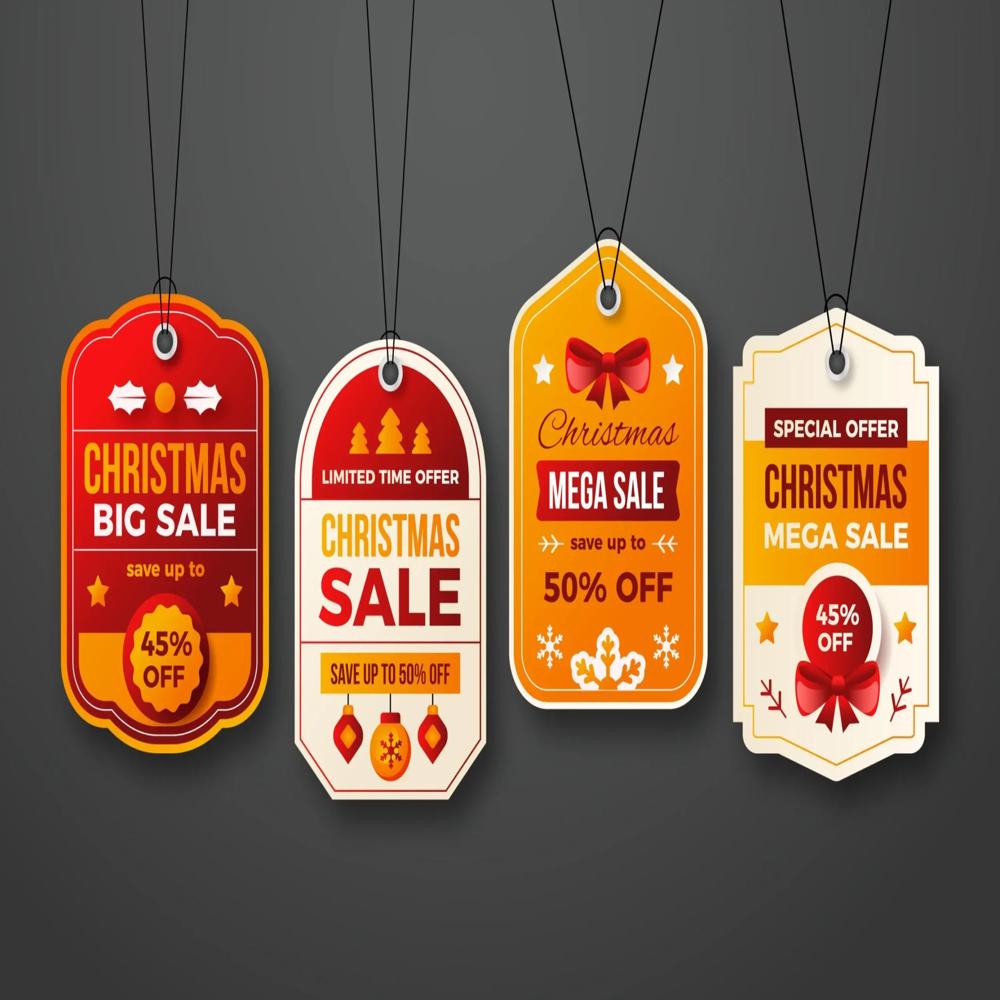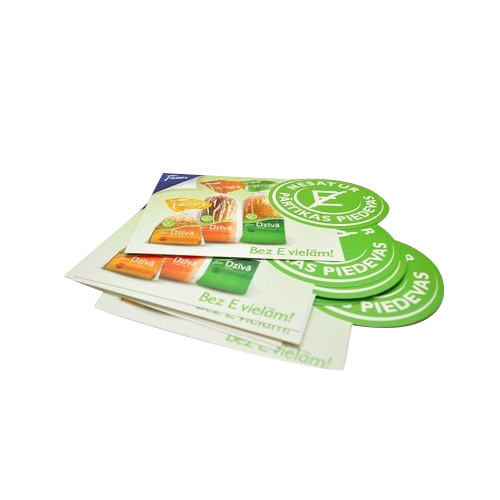Digital Printing Poster
Digital Printing Poster Specification
- Adhesive Type
- Solvent Adhesive
- Printing Method
- Digital
- Eco Friendly
- YES
- Print Type
- Digital
- Thickness
- 3 Millimeter (mm)
- Tape Type
- Other
Digital Printing Poster Trade Information
- Minimum Order Quantity
- 100 Pieces
- Payment Terms
- Cash Advance (CA)
- Supply Ability
- 100 Pieces Per Week
- Delivery Time
- 7 Days
- Main Domestic Market
- All India
About Digital Printing Poster
Digital printing of posters refers to the production of large-format printed advertisements, informational displays, or artistic prints directly from a digital file, without the need for traditional printing plates. It typically utilizes large-format inkjet or laser printers.
Here's a breakdown of what that means:
-
Poster Definition: A poster is a temporary promotion of an idea, product, or event put up in a public space for mass consumption. They are typically designed to be visually striking and convey a message quickly. Posters can range in size from small handbills to large outdoor billboards.
-
Digital Printing Aspect:
- Direct from Digital File: Designs are created on a computer using graphic design software (e.g., Adobe Photoshop, Illustrator) and then sent directly to a large-format digital printer. This eliminates the time-consuming and costly process of creating printing plates.
- Inkjet or Laser Technology: Most digital poster printing uses inkjet technology, where microscopic droplets of ink are precisely sprayed onto the poster material. For some applications, high-volume laser printers might be used.
- Substrates: Digital printing allows for a wide variety of materials to be used for posters, including:
- Various types of paper (glossy, matte, photo paper)
- Vinyl (for durability, especially outdoors)
- Fabric or canvas (for art prints or banners)
- Backlit film (for lightboxes)
- Adhesive-backed materials (for wall graphics or decals)
Key Benefits of Digital Printing for Posters:
- Cost-Effective for Short Runs: For a few posters or even just one, digital printing is significantly more economical than traditional methods like offset printing, which have high setup costs.
- Fast Turnaround Times: Posters can be printed quickly, often within hours or a day, making it ideal for urgent promotions or events.
- Customization and Variable Data: Digital printing allows for each poster in a run to be unique. This means you can easily personalize posters with different names, dates, locations, or even images for targeted campaigns.
- High-Quality Graphics: Modern digital printers produce vibrant colors, sharp details, and high-resolution images, making posters visually impactful.
- Design Flexibility: It's easy to make revisions to a design and print updated versions without incurring new plate costs. This is particularly useful for marketing campaigns that might evolve.
- Reduced Waste: On-demand printing means less overproduction and material waste, making it a more environmentally friendly option for smaller quantities.
- Large Formats: Digital printers are capable of printing posters in a wide range of large sizes, from standard poster dimensions to oversized prints for billboards or large displays.
Common Applications of Digitally Printed Posters:
- Advertising & Marketing: Promoting sales, events, new products, or services in retail stores, public spaces, or trade shows.
- Events: Announcing concerts, festivals, conferences, or local gatherings.
- Decor & Art: Producing large-scale art prints, wall decor for homes or offices, and photographic enlargements.
- Informational Displays: Creating signs for businesses, educational institutions, or public service announcements.
- Point-of-Sale (POS) Materials: Eye-catching displays within stores to draw attention to specific products or promotions.
In summary, digital printing has made poster production more accessible, flexible, and efficient, allowing for high-quality, customized, and quickly produced prints for a wide array of purposes.


Price:
- 50
- 100
- 200
- 250
- 500
- 1000+
More Products in Printed Poster Category
White Adhesive Printed Poster
Price 20.0 INR / Piece
Minimum Order Quantity : 100 Pieces
Style : Printed
Shape : Round
Printing Method : Digital
Use : For labeling





 Send Inquiry
Send Inquiry Send SMS
Send SMS